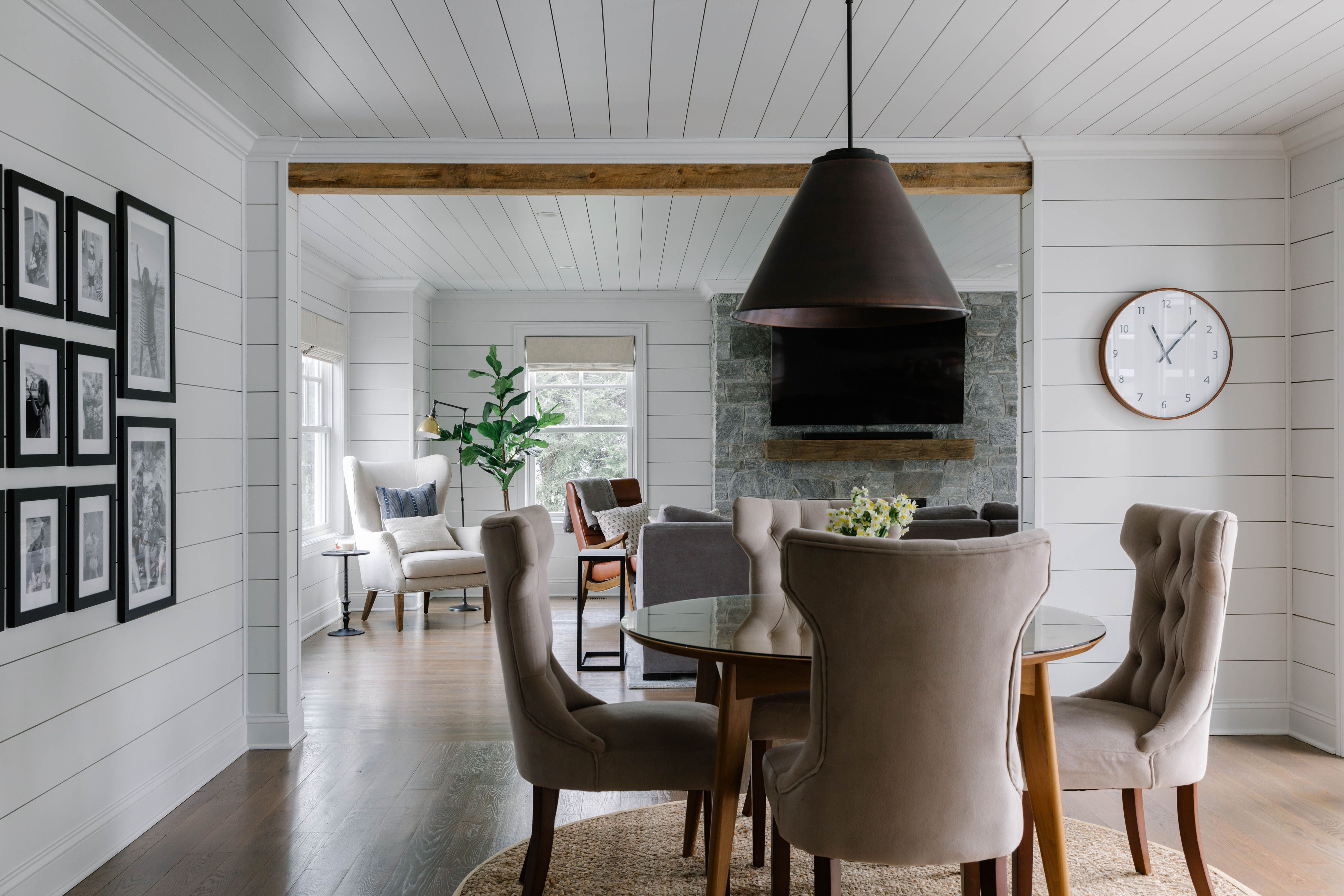What’s in a name? Sometimes, a lot!
Great interior design business tips rarely come from Congress, but here’s one: Language matters. For decades, Republicans opposed the tax levied on inheritance but couldn’t turn the public against it en masse. Then, in the 1990s, lobbyists rebranded it as a “death tax,” and the subject suddenly became a heated national debate. A name change ignited the issue in a way that the raw numbers never could.
The same basic principle applies to one of the trickiest subjects in interior design pricing: the markup on product. Although there’s endless hand-wringing about what that percentage should be—20 percent? 30? 33? 50? 100?—how you talk about your markup matters far more than what that number actually is. Here, we’ve asked designers to share their best advice on how to explain markups to clients.

BOH subscribers and BOH Insiders.











































